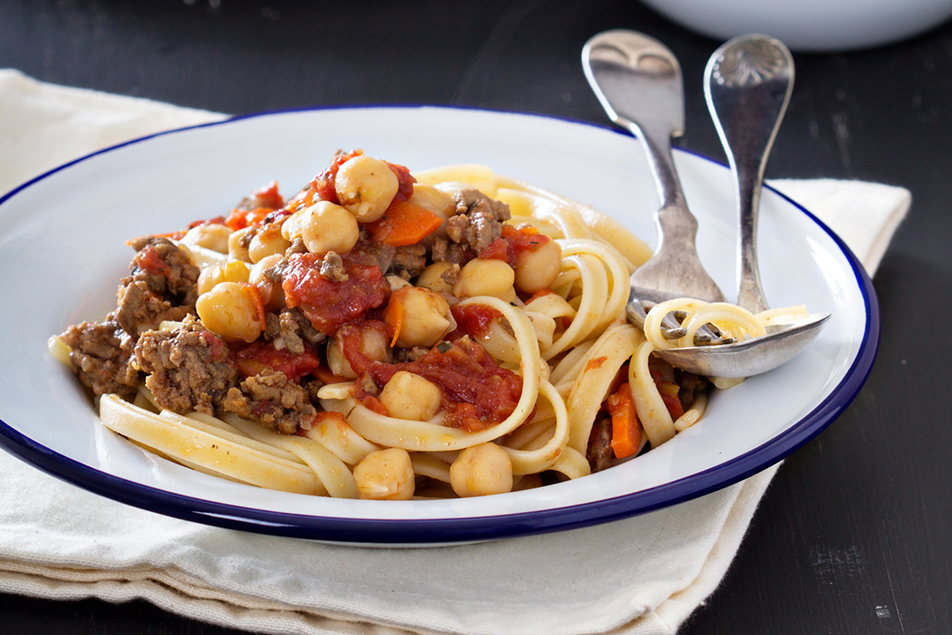
This post was written by Hannah Bercot, RDN, CD, community outreach dietitian, Parkview Community Greenhouse and Learning Kitchen.
Our food system is facing difficulty during the COVID-19 pandemic. We’re all trying to find a balance between supporting our local community and putting funds back into an unstable economy. These challenges are likely to materialize as raised prices and supply shortages occur in many stores. Keeping this in mind, it might be time to consider trying foods you may not have chosen before but will most likely be available in stores. There are plenty of ways to keep your family fed and healthy if you’re willing to get creative and step out of your comfort zone.
Another option
You may not realize it, but in the United States, we consume significantly more meat than we actually need. Did you know, some small populations across our nation are unaffected by the shortage of meat? This is because they utilize other avenues to fulfill their dietary requirements. Take the word “protein” for example. It is loosely used as a synonym for “meat” and while meat is a source of protein, it’s not the only way to consume it. Also, there’s no need to worry about getting enough protein if you don’t have a flourishing meat supply. In fact, using plant sources like beans, legumes, nuts and grains as main sources of protein can give your body the much-needed fiber, vitamins, minerals and phytonutrients it needs. Not to mention they add flavor and juiciness!
The downside to meat consumption
It’s no secret that higher intakes of red meat, even lean cuts, are known to increase the risk of heart disease, stroke and diabetes. All these preexisting conditions are leading causes of disease and death in the U.S. and are associated with a higher risk of complications and death to COVID-19. Our bodies and immune systems need the correct fuel to operate optimally. Our immune systems are weakened by the increased antibiotic consumption that comes with animal protein. More antibiotics have been used to raise poultry, beef, dairy and pork than for bacterial infections in humans in some years.
When unnecessary antibiotics reach the consumer, it devastates the populations of healthy bacteria in the gut, weakening our immune response. There are huge populations of beneficial bacterial all over your skin, in your gut, lungs, ear and nose. Studies have shown that a variety of healthy bacterial colonies in the gut positively affects our immune system’s response to viral infections, including the flu. These beneficial bacteria live on fiber, only found in plant foods. Some studies have even documented an increase in the number and type of immune cells after consuming certain plant foods.
Plentiful plant-based proteins
So how can we get enough protein, feed our beneficial bacteria, boost our immune systems and support our food system? There is quite a variety of plant proteins available in stores and many restaurants with plant-forward or plant-based options. Most Americans get about twice as much protein as they need for optimal biological functions. Whole grains, peanuts, tree nuts, beans, legumes and peas are all wonderful sources of plant-based protein that are adequate to meet if not surpass protein needs. Other plant foods like fruits and vegetables can also contribute protein to your diet.
Steps to a successful switch
Feeling intimidated by the switch? It may be a good idea to skip animal protein on certain days of the week or try decreasing the portions of meat while increasing plant foods on your plate. Some animal products are less detrimental to health than others and include lean poultry, fish, eggs and low-fat dairy. Also, if organic is available and affordable, it is the best option. Organically raised livestock and animal products are free of antibiotics and fed the healthiest diets, which tends to reduce the amount of harmful saturated fats in those products. However, even the leanest, organic products can be a source of inflammation and are not helping to feed the beneficial bacteria in the gut, so please use sparingly. Also, remember to cut back on the portion sizes of meat. Try incorporating plenty of fruits and vegetables like beans, peas, legumes, nuts and seeds as your main sources of protein. Here are a few ideas to get you started:
- Single serving: Try using a single portion of meat to flavor an entire dish that will serve a family. You can flavor dishes like a stir fry with just a few bites of organic skinless chicken breast in each serving.
- Mix things up with mix-ins: Try different types of meats for your burgers or lean ground meat, then add in diced mushrooms, beans and whole grains. This will not only add numerous health benefits but also add a ton of flavor while keeping your burgers tender and juicy!
- Flavorful flatbread: Try a pizza or flatbread without the cheese. There are so many flavorful vegetable options to top a pizza with that you won’t even miss the cheese!
- Weight your options: Make sure you are paying close attention to the weight of the products you are purchasing. Raw products weigh slightly more than cooked products. A cutlet of raw chicken weighs 4 ounces, but once cooked it will only be about 3 ounces.
- Side dish shuffle: Try adding meat, seafood or eggs as a side dish, rather than the main dish taking up most of the plate. According to the USDA, 75% of the plate should be fruits, vegetables and whole grains.
- Think outside the bun: Try recipes that are inspired by other cultures. Many consume less meat than Americans. Plant-based meals inspired by Latin, Asian, African and Mediterranean cuisine can be very satisfying.
Are you feeling inspired yet? Try some of the following recipes to get started
- Sheet Pan Salmon with Asparagus and Potatoes featured on Crème de la Crumb
- Quick Chickpea Bolognese featured on Forks Over Knives
- Turkey Black Bean Burgers with Corny Salsa featured on Paula Deen
- No Tuna Salad Sandwich featured on Forks Over Knives
- Smokey Carrot Dogs featured on Brand New Vegan



